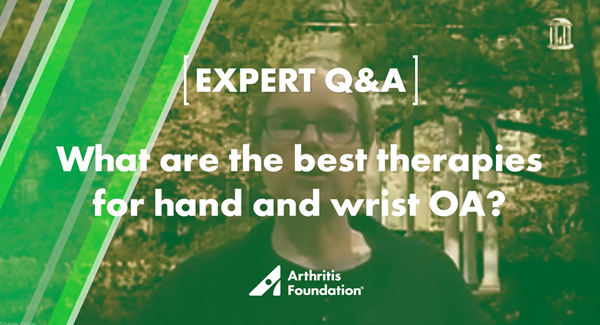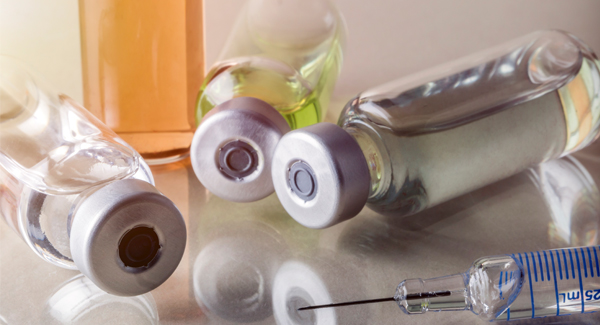Using Ring Splints to Support Finger Joints
Learn how ring splints help provide stability and improve alignment in the finger joints for people with osteoarthritis and rheumatoid arthritis.
By Holly Welling and Donna Rae Siegfried
If you have pain or trouble moving your fingers due to arthritis, loose ligaments or injury, you’ll need support to help you complete daily tasks. Similar to taping a painful finger to another or using a Popsicle stick to immobilize a finger, ring splints can support alignment, improve function and keep deformities from getting worse. Ring splints combine style and therapy, providing a benefit few other medical devices offer.
What Do Ring Splints Do?
Some people with osteoarthritis (OA) or rheumatoid arthritis (RA) may not be able to straighten a finger joint, which can make grasping difficult or putting on gloves downright impossible. In other cases, an inflamed tendon may cause a finger to feel locked in a bent position, causing pain and reducing function. Ring splints can be worn on any finger to help these problems and other deformities, such as joints that become “stuck” in a hyperextended position or instability at the knuckles from conditions like Ehlers-Danlos syndrome, where fingers may cross under or over each other.
According to Cynthia Garris, an occupational therapist with rheumatoid arthritis who invented SilverRing Splints, joint destruction and disease can affect the alignment of ligaments and cause joint instability. This creates a loss of support and decrease in power. Ring splints stabilize the finger and control the movement of the joint in its normal range.
“Swelling and pain are precursors to joint instability, so if you notice you’re starting to have these symptoms in your hands, tell your doctor you’d like to have an occupational therapist or certified hand therapist evaluate your hands and advise you about the benefits of a ring splint,” says Garris. “Once a joint becomes fused, splints are no longer useful.”
Metal ring splints may also help improve function. In one study, 17 people who had finger deformities caused by RA wore ring splints on joints that were not actively inflamed. After one year of use, dexterity increased significantly from a score of 71 to 85. And in a 2019 study, 30 people with painful OA in the joints closest to the tips of their fingers had significant improvement in pain and dexterity after using metal ring splints for a month.
Ring Splint Styles and Types
Garris designed and started manufacturing metal ring splints sold by SilverRing Splints in 1985, but a number of others also offer them now.
Ring splints most commonly fall into two categories: swan-neck splints, which are used to prevent hyperextension of joints beyond the neutral position; and boutonniere splints, which help straighten a joint that a person cannot actively extend. Others are also available for fingers as well as thumbs.
Ring splints are available in plastic as well as metal, including silver and gold, for long-term use. If you plan on using them for years, you can have them crafted to look even more like jewelry by adding decorative bands and precious or semi-precious stones. Garris says that one splint can last more than 10 years.
These ring splints are custom-fitted double-loops of flexible metal and are less bulky and more durable than foam or plastic ring splints. Because of this, patients are more likely to wear them regularly and benefit from treatment, explains Melissa Peavey, an occupational therapist and certified hand therapist.
“I have a patient who says that people are always coming up and asking her where she gets her ‘cool rings,’” says Peavey.
Around the clock and all year long, we’ve got you covered with unique pain management tools and resources you won’t find anywhere else.

Stay in the Know. Live in the Yes.
Get involved with the arthritis community. Tell us a little about yourself and, based on your interests, you’ll receive emails packed with the latest information and resources to live your best life and connect with others.


